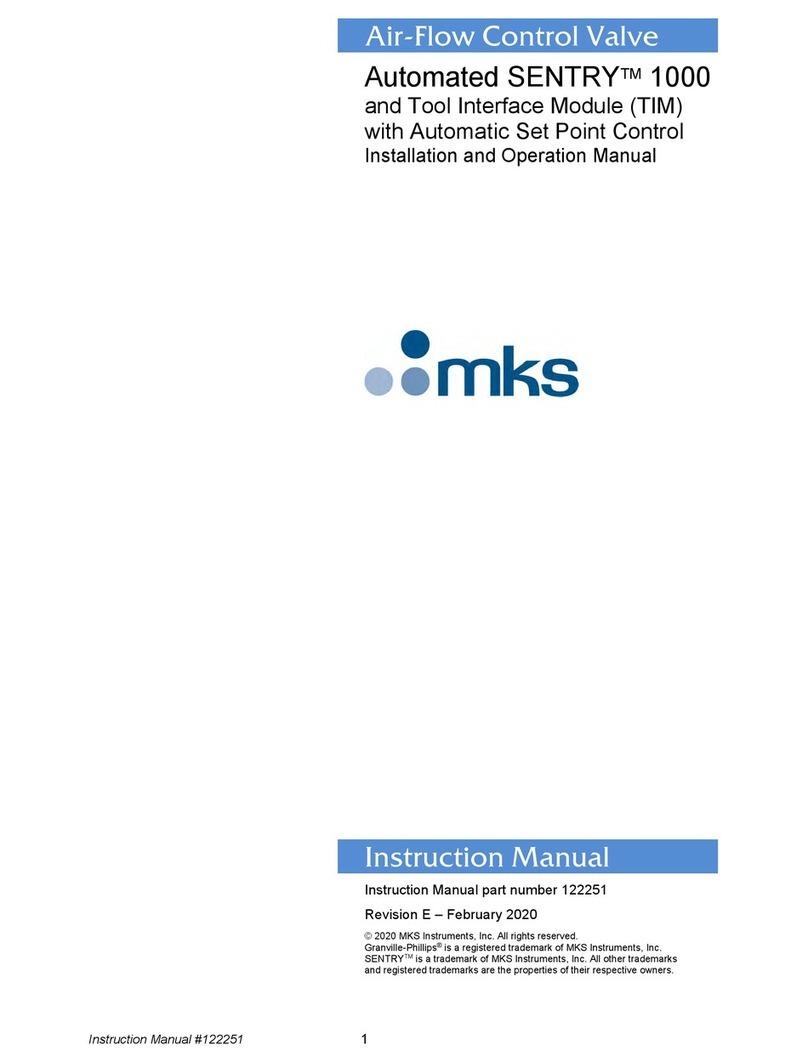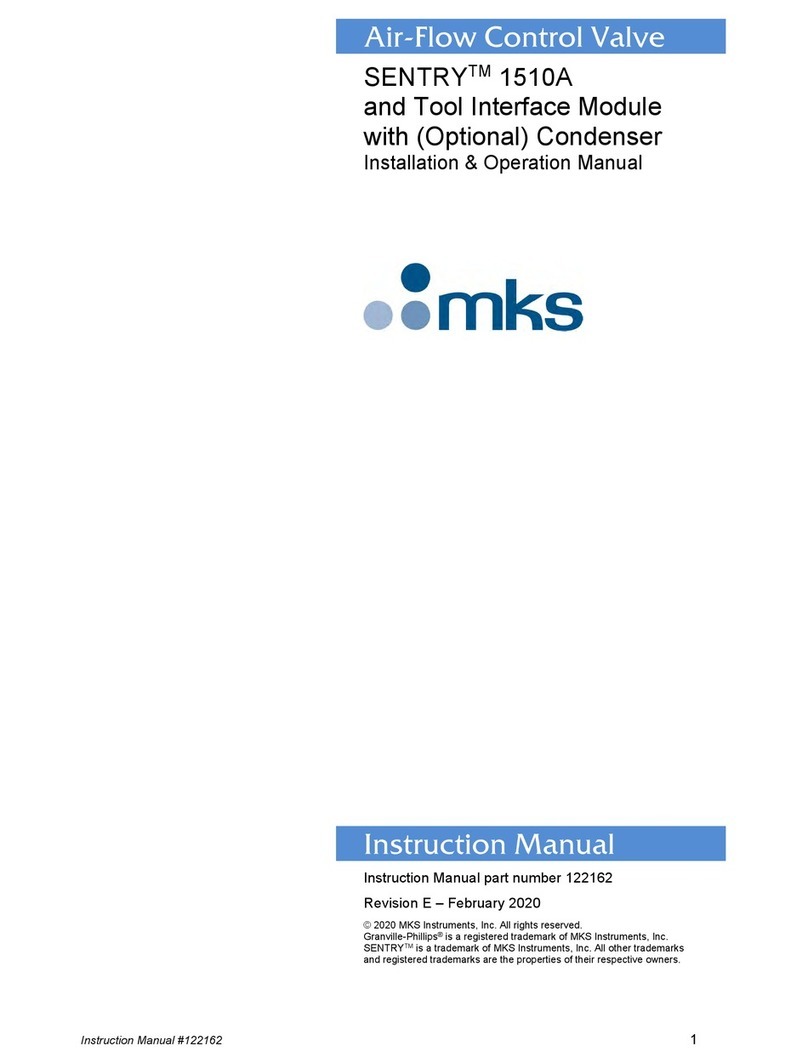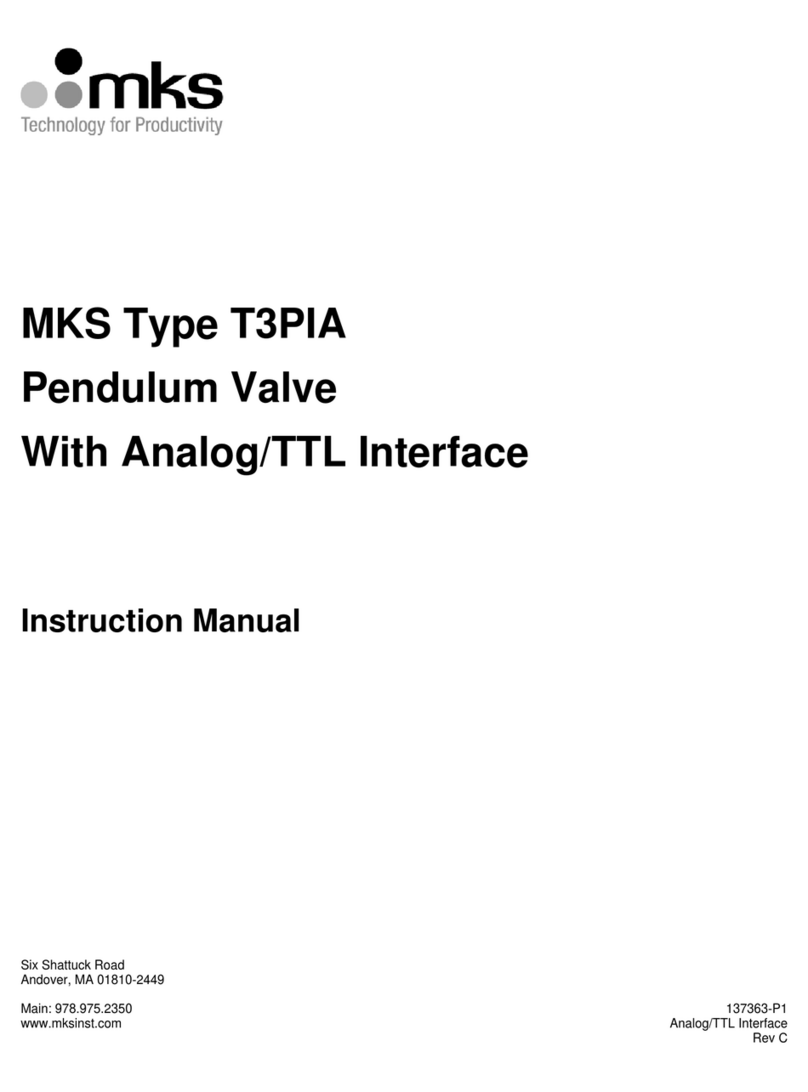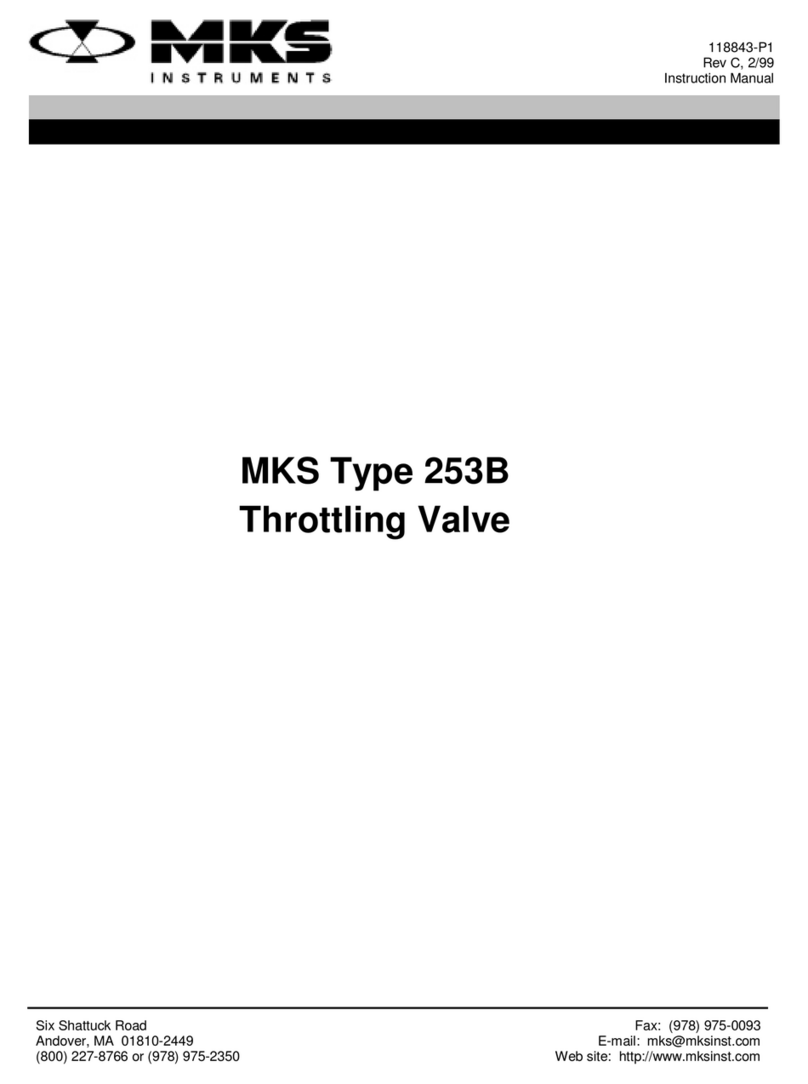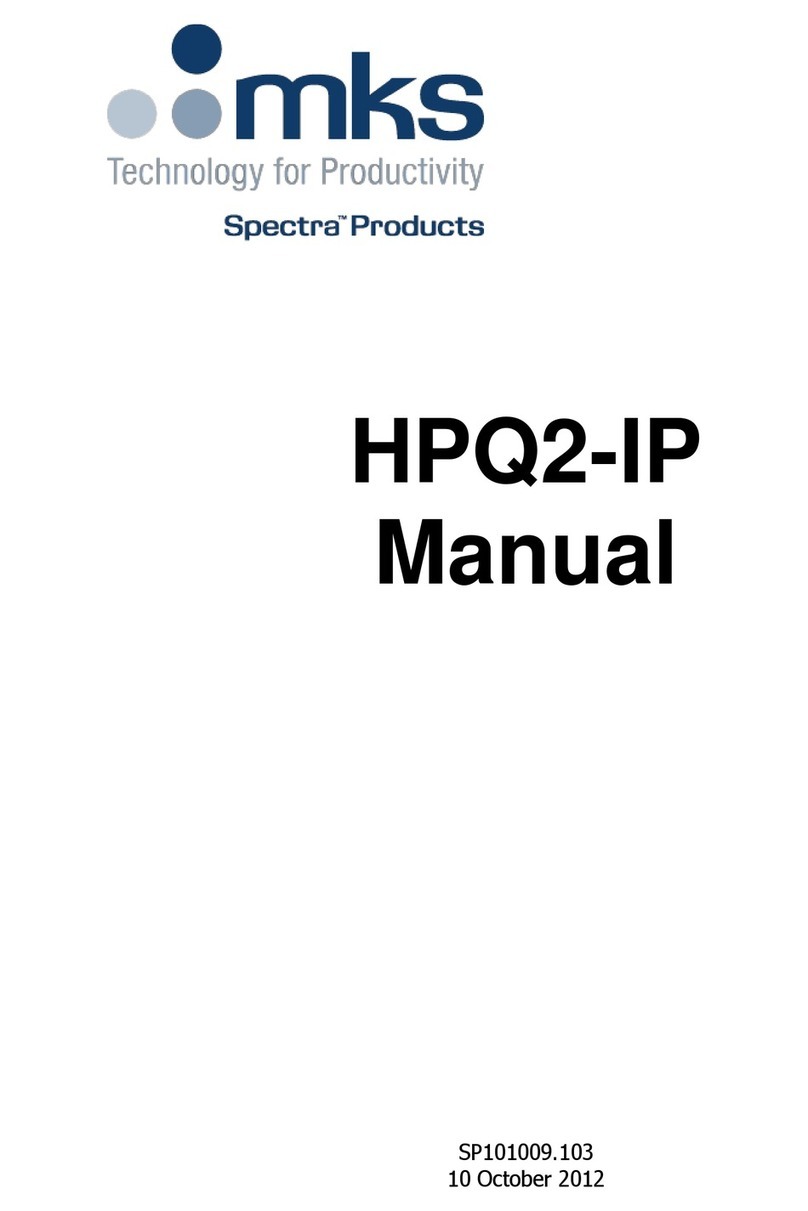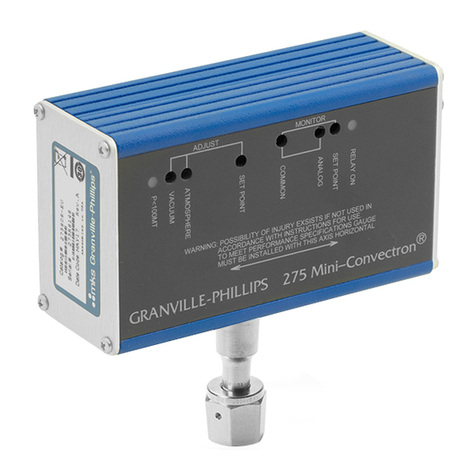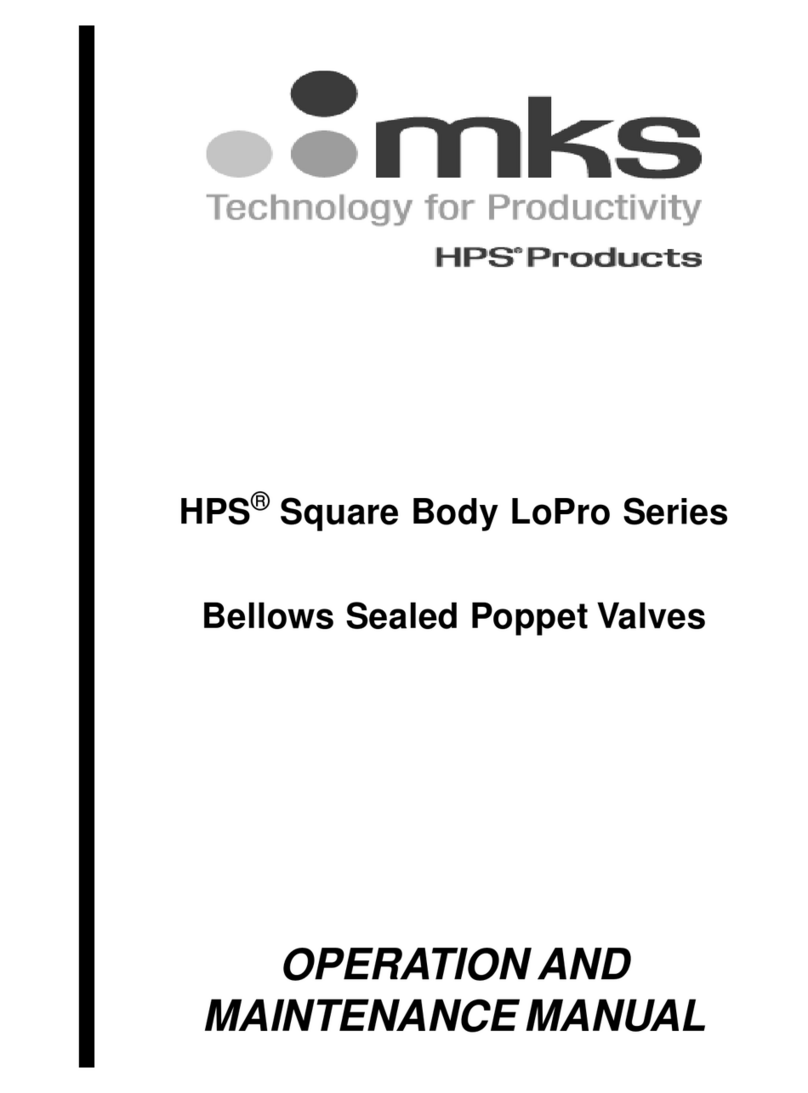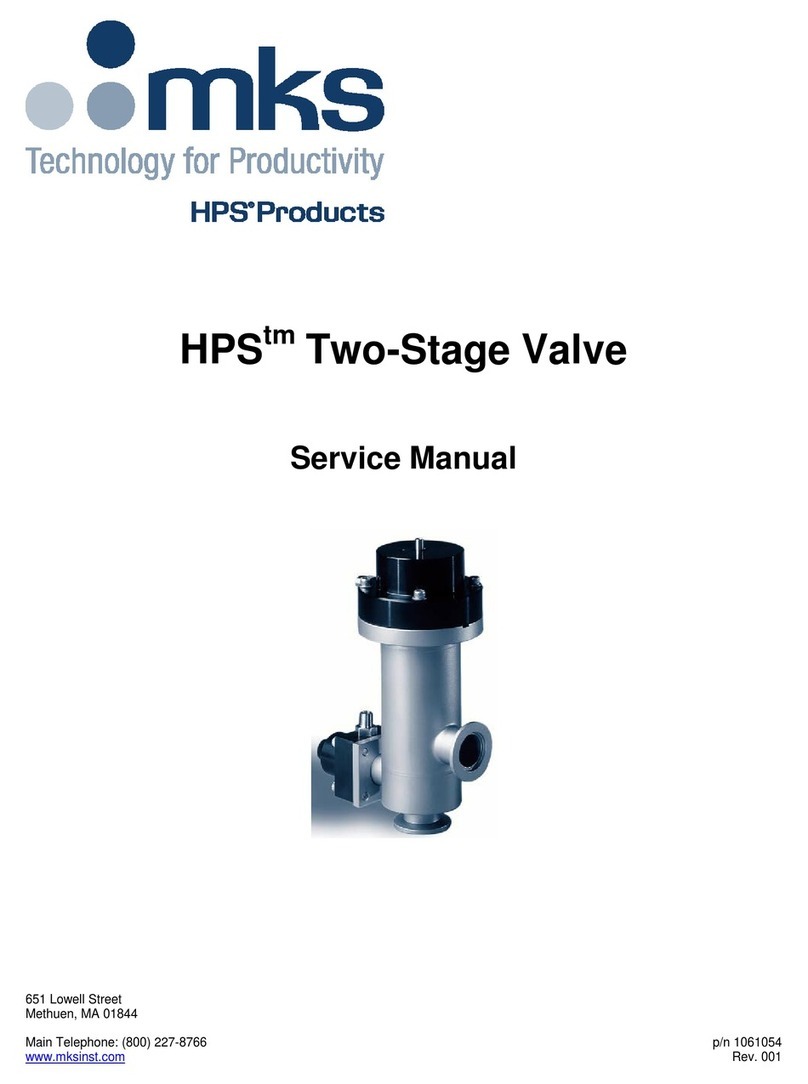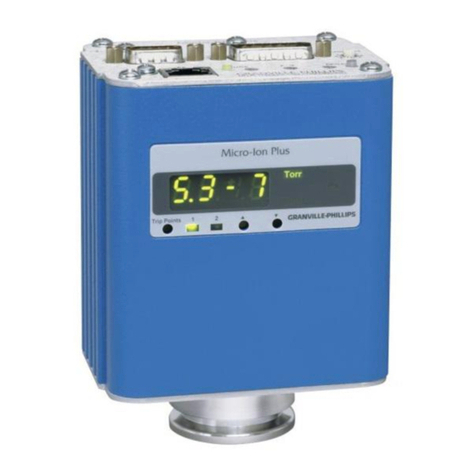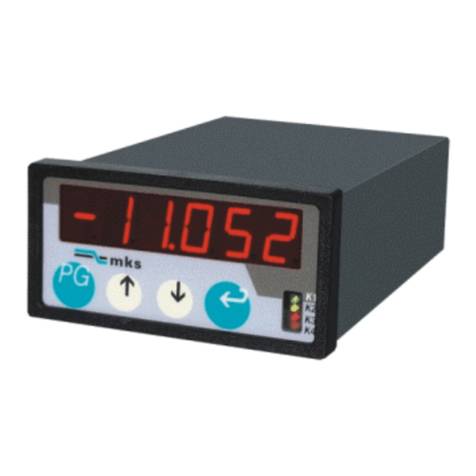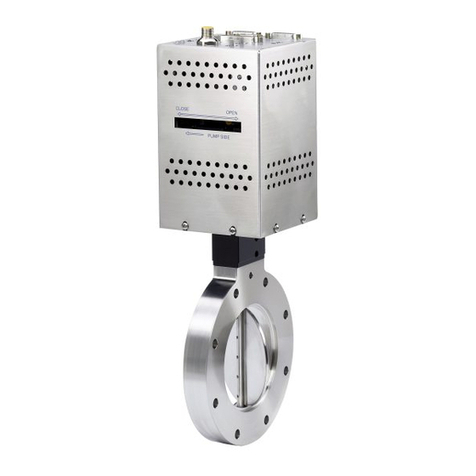
Vacuum Sentry
TM
Safety
V
alve
Table of contents
Table of contents ....................................................................... 3
Package Contents ..................................................................... 1
Symbols Used in this Manual .................................................... 1
General Description of Vacuum SentryTM ............................................................. 2
Operating PrinciplesVacuum SentryTM................................................................... 3
Vacuum SentryTM Operation Sequence .................................................. 4
Normal Operation - Open position................................................................................ 4
Power Interruption ......................................................................................................... 4
Valve closed - Mechanical pump vented ...................................................................... 5
Power restored .............................................................................................................. 5
Specifications ............................................................................ 6
Installation ................................................................................. 7
Electrical ................................................................................................. 7
Mechanical ............................................................................................. 7
Service ...................................................................................... 8
Disassembly ........................................................................................... 8
Repair of Subassemblies........................................................................ 9
Piston / Diaphragm Subassembly ................................................................................ 9
Nose Piece O-ring Replacement.................................................................................. 9
Bonnet Subassembly .................................................................................................. 10
Reassembly ................................................................................................................ 10
Troubleshooting ....................................................................... 12
Valve Cannot Be Pumped Down to High Vacuum ................................ 12
Valve Leaks in Closed Position............................................................. 13
Valve Closes Too Slowly ....................................................................... 13
Valve Opens Too Slowly or Not Completely ......................................... 13
Valve Fails to Open............................................................................... 13
Closing Causes Large Burst of Air into System ................................... 14
Solenoid Valve is Hot ............................................................................ 14
Factory Repair ...................................................................................... 15
Accessories / Part Replacement ............................................. 16
Product Warranty..................................................................... 17
Notes....................................................................................... 1
